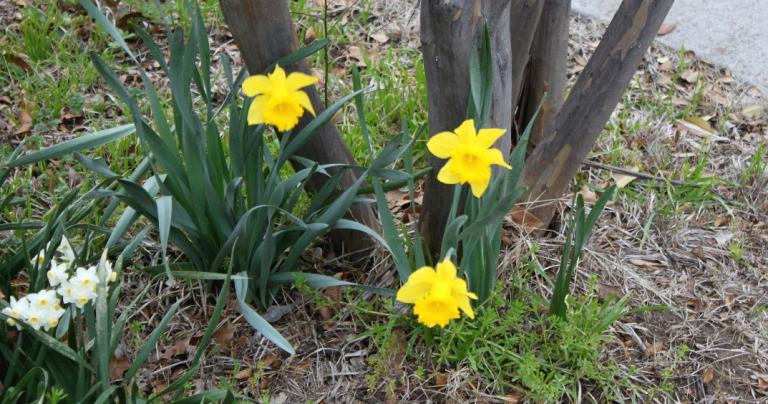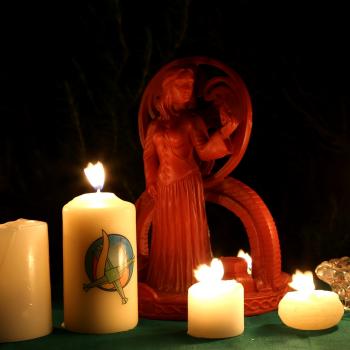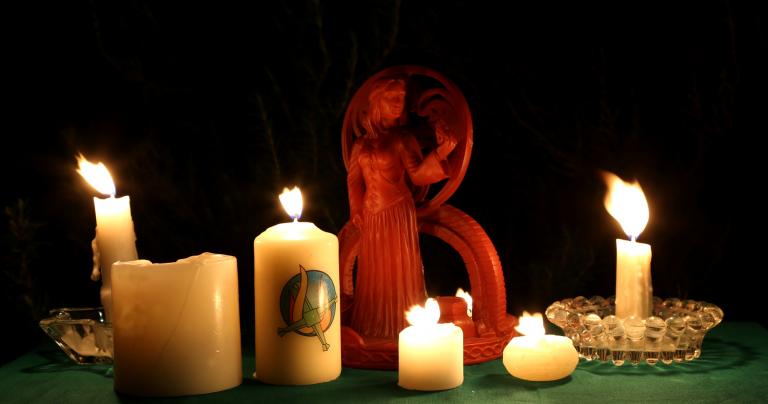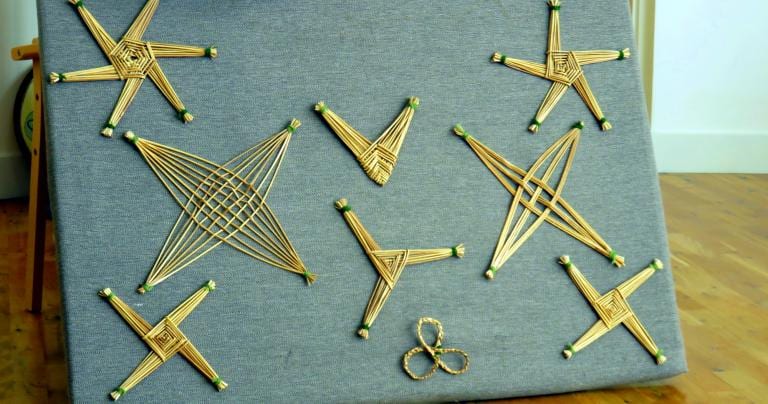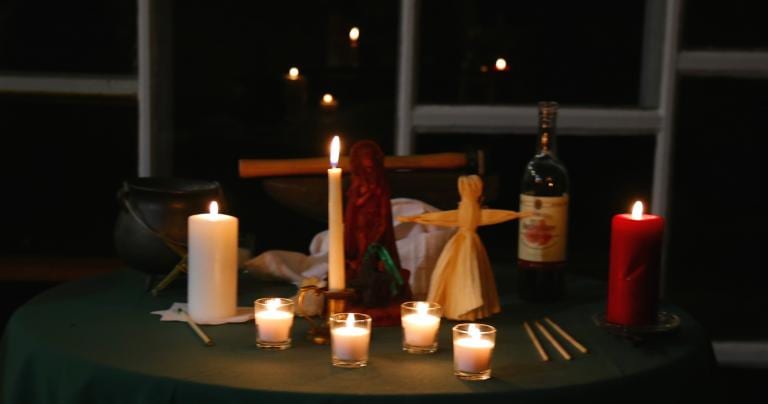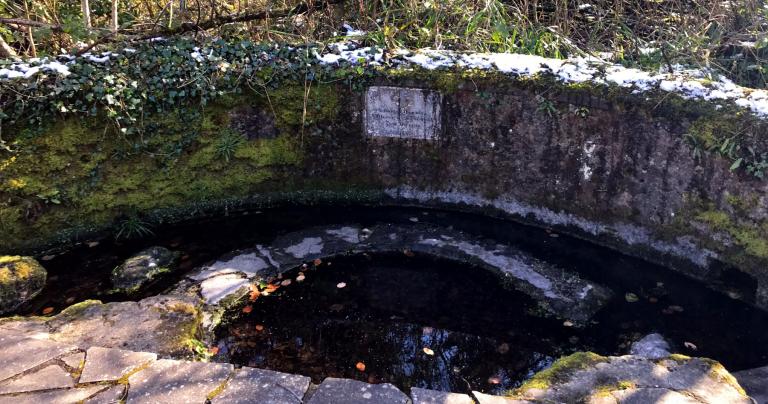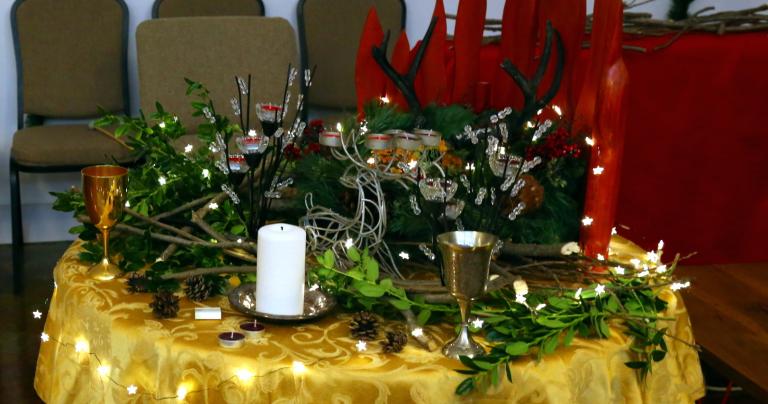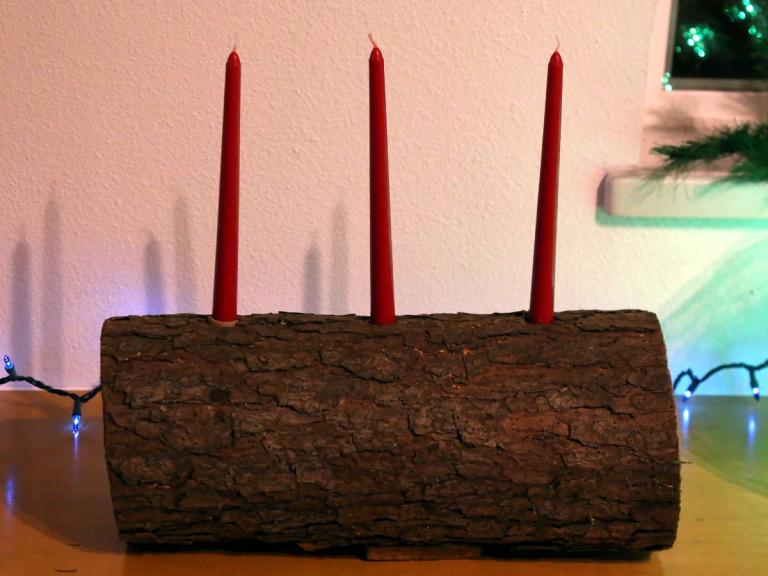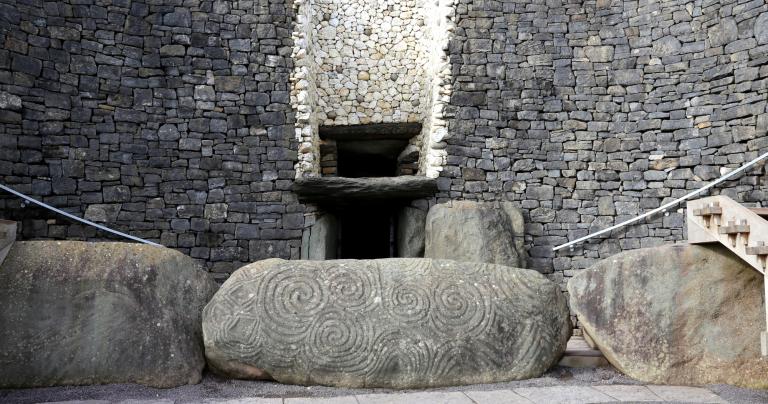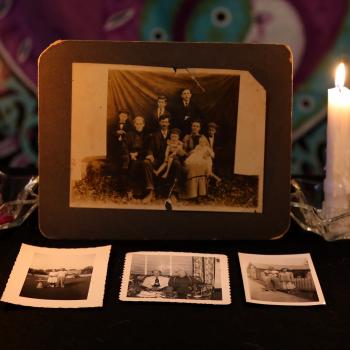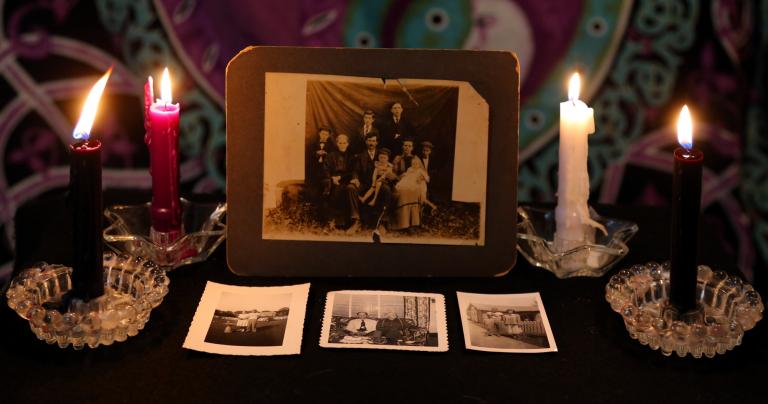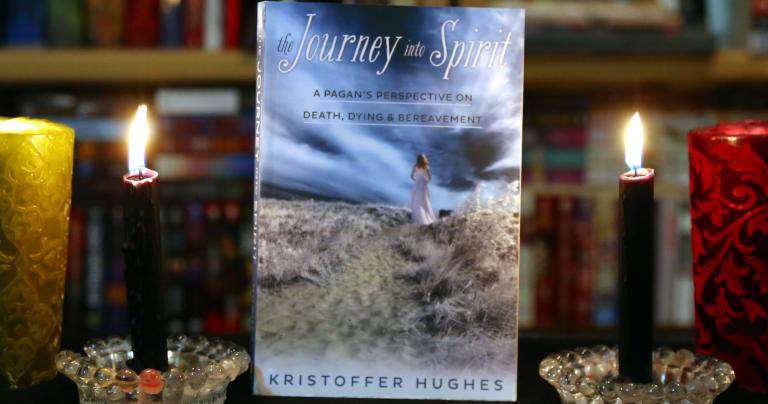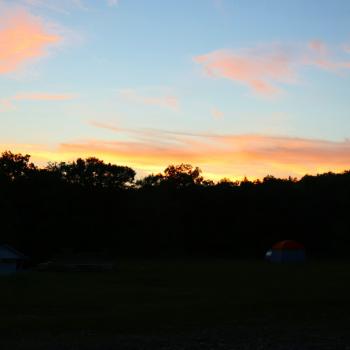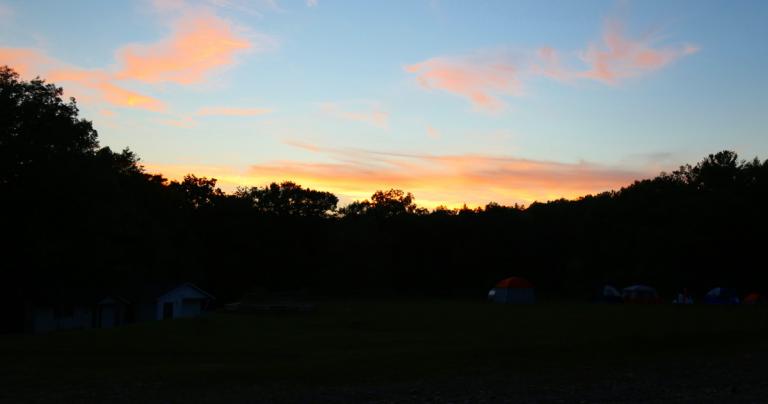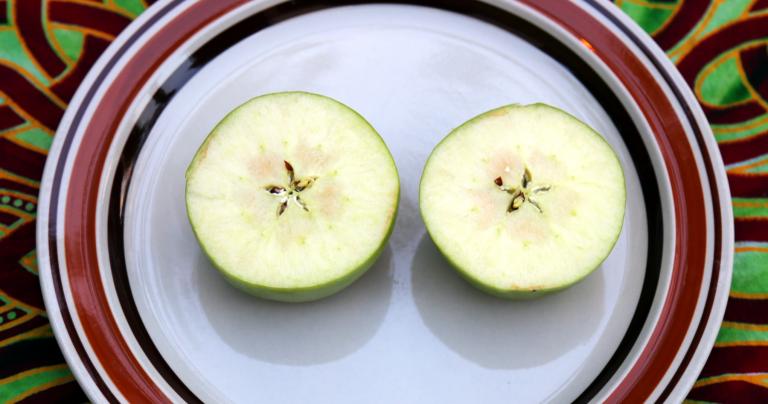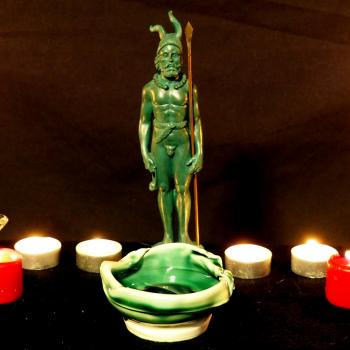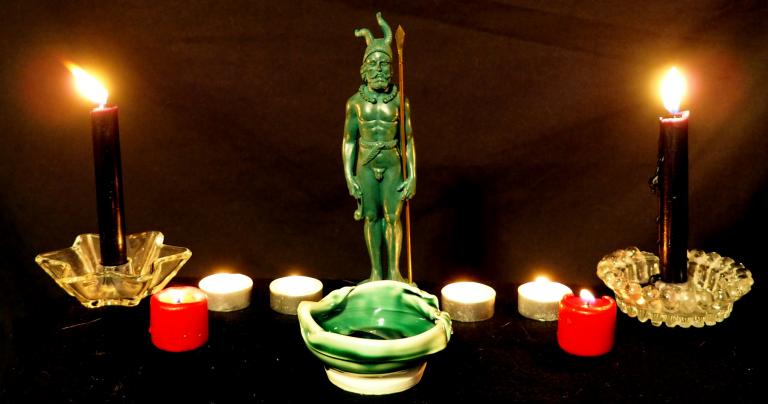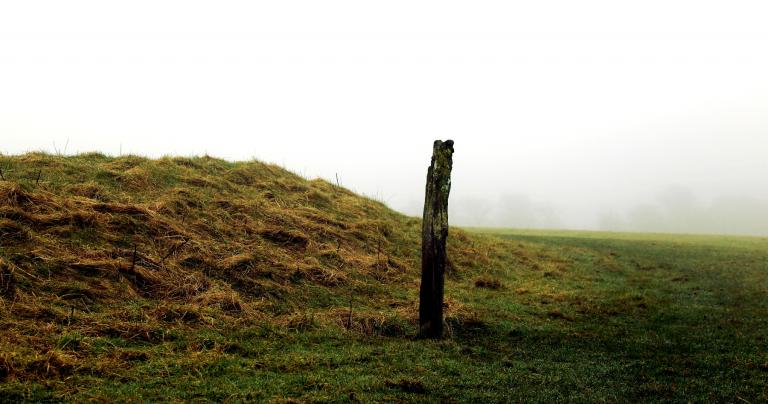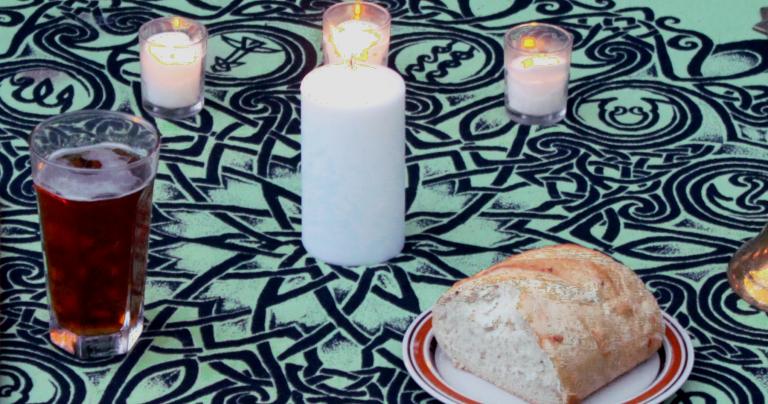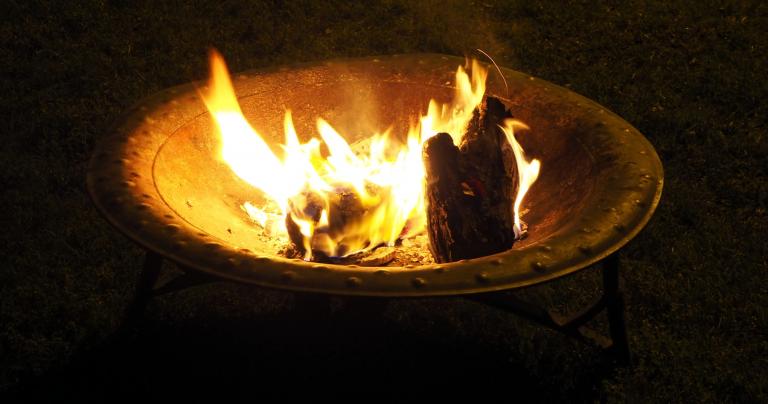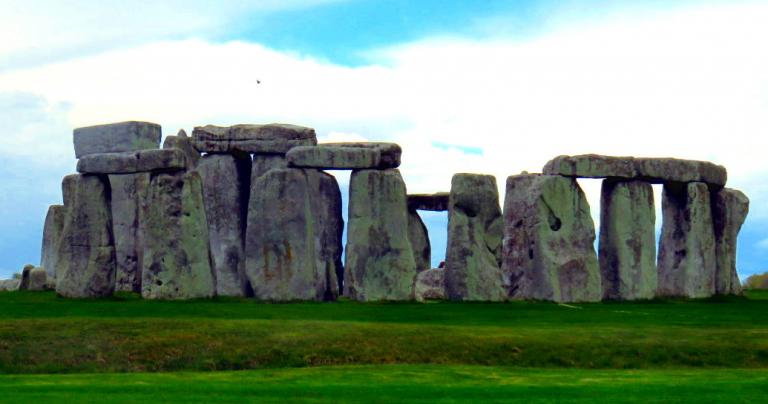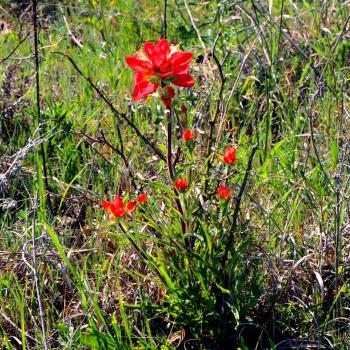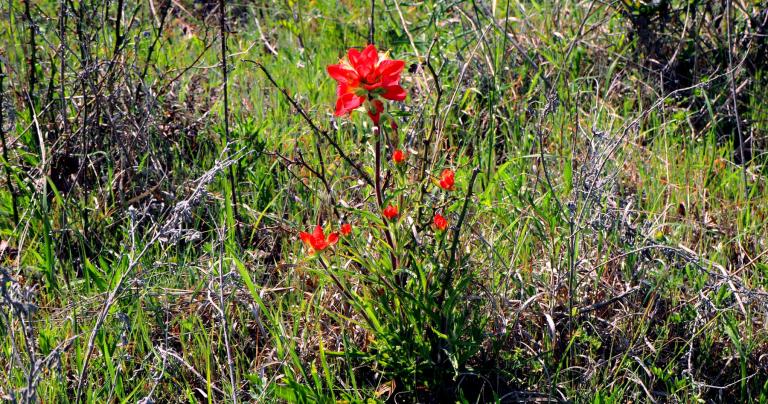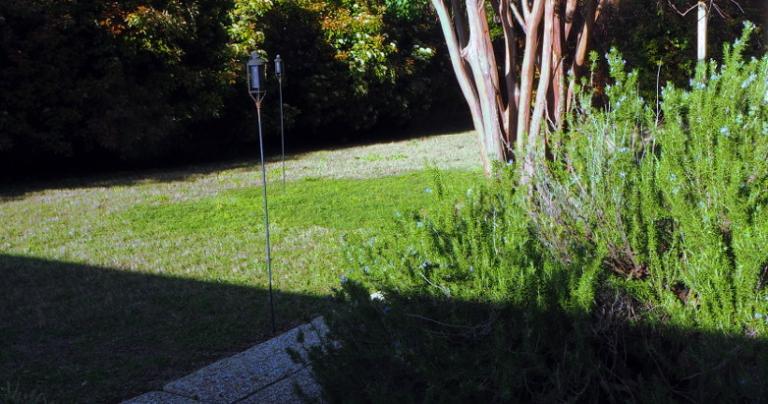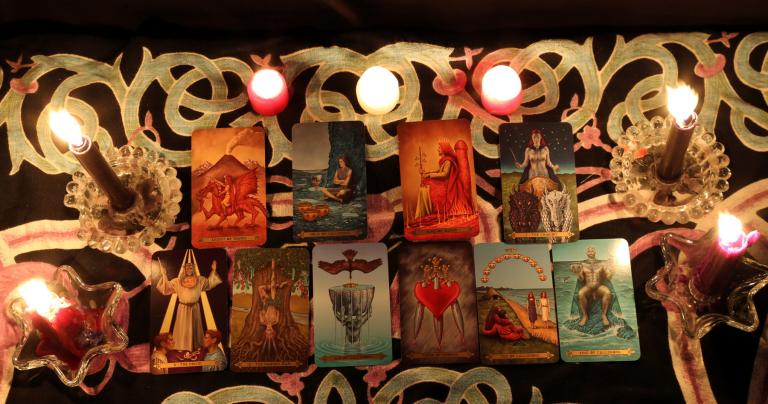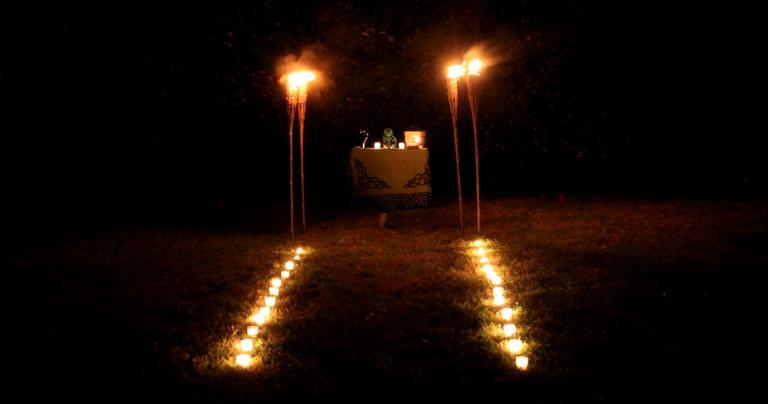Many Pagans are solitary practitioners, either by choice or by necessity. But a lot of Pagan activities for Ostara are designed for large groups. In 2014 and 2015 I wrote a series of rituals for those working alone on the Wheel of the Year. Every year they’re near the top of the list of most popular posts – here’s the Ostara ritual.
But maybe you don’t want to do a ritual. Or perhaps you’re part of a group that holds its rituals on the Saturday nearest the holiday and you don’t want to do a second ritual. Here are eight things you can do to celebrate Ostara as a solitary Pagan.
1. Learn about the Goddess Ostara
At the last High Day we had it easy. There’s tons of material on the Goddess Brighid, both ancient and modern. On Ostara? Not so much.
What we know is that Ostara (or Eostre) is a Germanic Goddess of the Dawn, who may or may not have been associated with Spring. The early English Christian monk Bede (673 – 735) is our only source for the connection, which is where the English name for the Christian holy day Easter comes from.
In The Stations of the Sun (1996), historian Ronald Hutton says:
It is therefore quite possible to argue that Bede’s Eostre was a Germanic dawn-deity who was venerated, appropriately, at this season of opening and new beginnings. It is equally valid, however, to suggest that the Anglo-Saxon ‘Estor-monath’ simply meant ‘the month of opening’ or ‘the month of beginnings’, and that Bede mistakenly connected it with a goddess who either never existed at all, or was never associated with a particular season but merely, like Eos and Aurora, with the dawn itself.
Jason Mankey had a very good post in 2015 titled Looking For the Goddess of Ostara/Easter. Rather than rehash it all here, just go read Jason’s post.
Also, remember that while Easter is connected to Ostara, it is not connected to Ishtar. Not all names that kinda-sorta sound alike in modern English have common roots.
2. Greet the dawn
Ostara may not have been a Goddess of Spring, but we’re pretty sure She’s a Goddess of the Dawn. So get up and greet Her at dawn. It’s easy no matter where you live: “equinox” literally means “equal night” – the days and nights are of equal length everywhere in the world. The only variation in sunrise time comes from your position in your time zone, and whether or not you’re on Daylight Saving Time.
We don’t know what offerings were traditionally made to Her. Mead strikes me as appropriate, though that’s strictly my UPG. Perhaps share your morning coffee or tea with Her. If you have little to spare, clean water is almost always an acceptable offering.
3. Go outdoors
Ostara is the Spring Equinox, a time to celebrate the awakening of Nature. The weather can be a bit iffy even here in Texas, but if you can get out even for a short time, this is the time to do it.
Go outside. If it’s warm enough to leave your coat or even your shirt off, do it. Feel the sun on your skin, even if that’s only your face. Look for new shoots of grass, buds on trees, and the beginnings of flowers. Listen for the birds.
Spring is coming – and soon.
4. Plant!
Spring is the season of planting. Different crops require different conditions and those conditions vary widely from region to region. But in general, cabbage, kale, lettuce, and onions can be planted early. This is also a good time for planting trees and shrubs, and some flowers. And if it’s just too cold, you can start many flowers and vegetables indoors and transplant them after your last freeze.
In addition to edible and decorative plants, don’t forget about magical ones. Got a favorite herb? Maybe something you need for a special spell that’s hard to find? Try growing it yourself.
5. Work magic for new growth
Plants aren’t the only things that grow in spring. This is also an auspicious time for magical workings for growth and increase, particularly if you do it during the waxing moon.
What do you need more of in your life? What do you want more of? Give it some hard thought and some deep meditation. For me, figuring out what to work magic for is more difficult than actually doing the magic.
Then once you decide, either do some sympathetic magic, like the main working of the Ostara solitary ritual, or just use your preferred magical system.
This isn’t a good time for banishing, but if there’s something you want to increase, now’s the time to do it.
6. Decorate eggs
Is painting eggs an old Pagan custom that survived into Christianity? No. There is evidence that eggs were decorated in ancient times, but no evidence that the practice was common or that it survived into the Christian era. Most likely it’s simply one of those practices that just seems right regardless of the dominant religious view and it’s popped up independently in different times and places. And while painting eggs may be associated with Easter, there’s absolutely nothing about it that screams “crucifixion” or even “resurrection.”
So take advantage of all the “Easter egg” decoration kits and supplies and make some Ostara eggs.
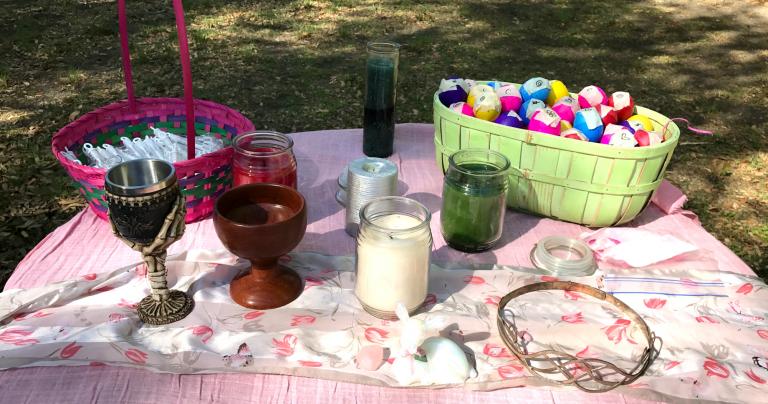
7. Observe the sunrise and sunset
Did you mark the sunrise and sunset at the Fall Equinox? If so, then you know where the sun will rise and set at the Spring Equinox. If not, now’s the time to do it. That should be due east for sunrise and due west for sunset, but hills, trees, or buildings may block your view of the horizon and shift it slightly for your exact location.
Many streets are aligned with the cardinal directions. Find an east-west street and watch the sun come up or go down. Just remember to do it on foot. Blocking traffic to watch the sunrise won’t make you popular with your fellow drivers.
8. Donate to a rabbit rescue organization
As with decorated eggs, the connection of bunnies with Easter is more about the season than anyone’s religion. My family raised rabbits when I was a kid, but they were livestock, not pets. If you want to add meat to your suburban farming they do quite well – they’re quiet and they’re clean, so as long as you clean up after them.
They can be pets, but they’re far more high-maintenance than cats – which most people don’t realize until it’s too late. Every Easter countless rabbits are sold as pets, and before long many of them are abandoned.
Google turns up numerous shelters for abandoned rabbits and/or wild rabbits that have been injured. Fellow Denton Pagan and rabbit farmer Heather Campbell recommends Wild Rescue Inc. in Denton. There are probably organizations close to you who could use your financial support – find one and be generous.

However you celebrate and whoever you do or don’t celebrate with, may your Ostara be alive and growing!
For more ideas on how to celebrate Ostara, see Easy Ways to Celebrate the Spring Equinox by Molly Khan of the Heathen At Heart blog and Ostara Sabbat Index: Rituals, Crafts, and Recipes for Witch’s Spring Equinox by Heron Michelle of the Witch on Fire blog here on Patheos.




